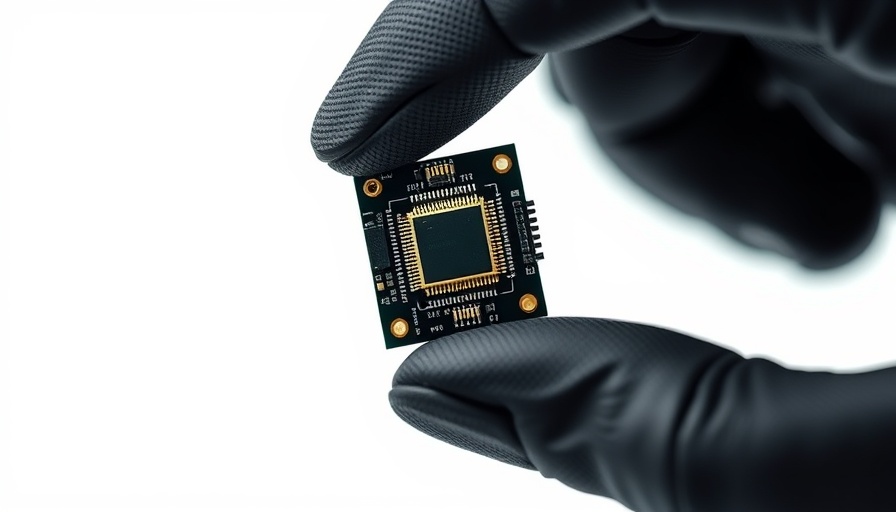
Revolutionizing Neuroscience: A Breakthrough in Brain-Computer Interfaces
On April 21, 2025, the U.S. Food and Drug Administration (FDA) marked a pivotal moment in neuroscience by granting 510(k) clearance for the Layer 7 Cortical Interface, a groundbreaking high-resolution cortical electrode array. This technology is set to transform the way medical professionals interact with the brain.
A Closer Look at the Layer 7 Cortical Interface
Manufactured by Precision Neuroscience Corporation, the Layer 7 Cortical Interface is engineered to perfectly align with the brain's surface without causing damage to surrounding tissue. This innovative microelectrode array features 1,024 electrodes, each ranging from 50 to 380 microns in diameter and is designed to be temporarily implanted for up to 30 days.
Transforming Medical Applications
The approval of this device signifies not just a technological advancement but a chance to reimagine surgical procedures. According to Dr. Benjamin Rapoport, chief science officer of Precision Neuroscience, this technology allows for real-time neural recording at unprecedented fidelity. Potential clinical applications include intraoperative brain mapping, which could vastly enhance surgical outcomes for patients with neurological conditions.
Previous Collaborations and Future Research
To date, the Layer 7 Cortical Interface has been tested on 37 patients through collaborations with esteemed research institutions like Mount Sinai Health System and the University of Pennsylvania. These partnerships lay the groundwork for extensive clinical studies aimed at refining and implementing the technology in diverse medical settings.
What This Means for Patients and Clinicians
With this major regulatory clearance, Precision Neuroscience aims to enhance its clinical research initiative. Not only will neurosurgeons have access to innovative tools, but patients can look forward to treatments that harness the power of brain-computer interfaces. This represents a significant leap forward in understanding and potentially treating complex neurological issues.
Looking Ahead: The Future of Brain-Computer Interfaces
The implications of this technology extend well beyond surgical protocols; they point toward a future where brain-computer interface systems might help restore abilities lost due to injuries or conditions like stroke and cerebral palsy. As research advances, there is optimism that these devices will facilitate communication for those with mobility challenges, heralding a new age of accessibility and functionality.
Societal Impacts and Ethical Considerations
As we enter this new frontier of neuroscience, it's crucial to consider the societal ramifications. Enhanced communication and mobility through brain-computer interfaces may also spark debates around ethics, privacy, and data security, raising questions about how this technology might shape our future interactions with artificial intelligence and cognitive augmentation.
Your Role in Embracing Innovation
As these technologies evolve, it's essential for all of us to stay informed and engaged. The rise of brain-computer interfaces beckons a dialogue among professionals, policymakers, and the public to ensure that these innovations serve the greater good and are accessible to all.
Connecting Knowledge with Action
For homeowners and eco-conscious individuals alike, staying abreast of emerging technologies is valuable. Innovations such as the Layer 7 Cortical Interface demonstrate the potential of interdisciplinary collaboration in improving lives. Keeping informed can inspire you to adopt similar technologies in your own life, whether that means advocating for health innovations or exploring sustainable practices that enhance well-being.
In conclusion, the FDA's approval of the Layer 7 Cortical Interface serves as a beacon of hope for both patients and medical professionals. It's an opportunity for innovation that could radically improve medical practice and ultimately, patient outcomes. Let’s not wait to see how far this technology can take us; embrace the change and be part of the conversation surrounding neuroscience and human enhancement.
 Add Row
Add Row  Add
Add 



Write A Comment